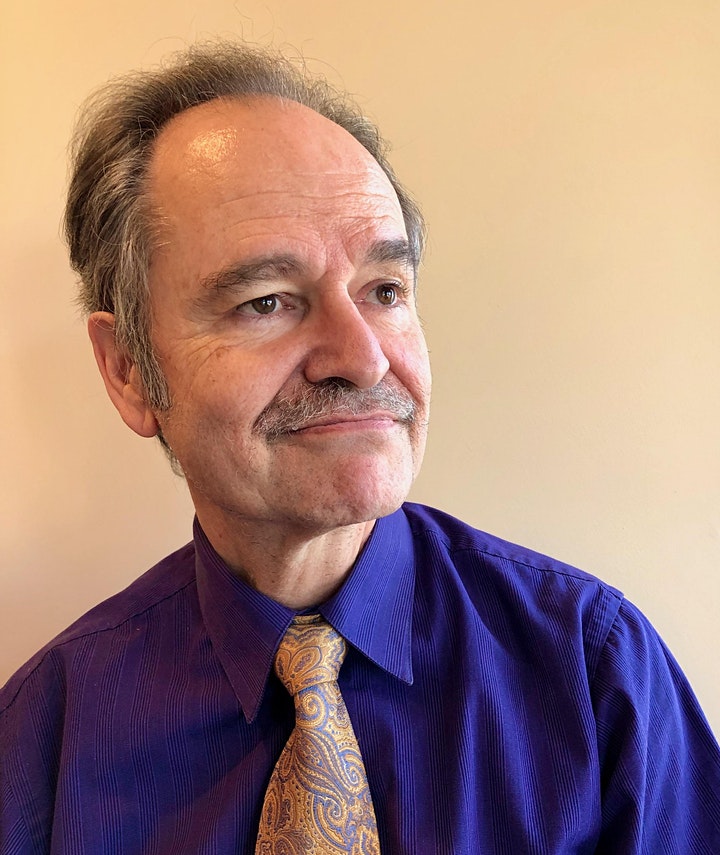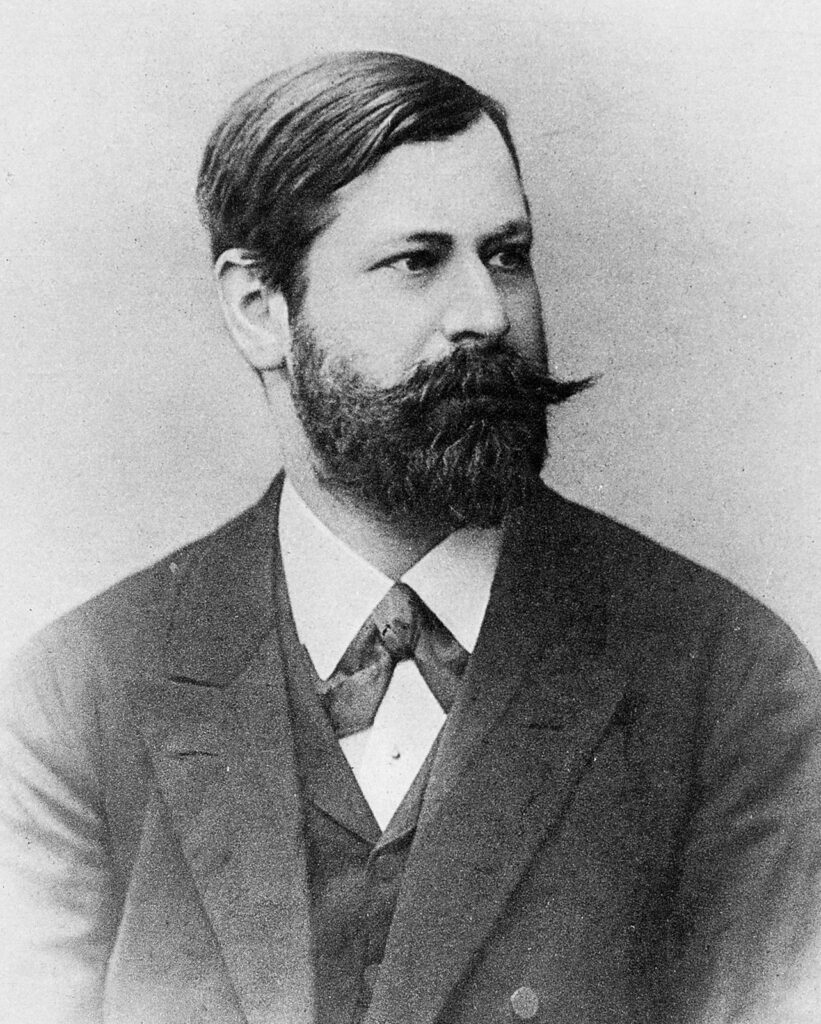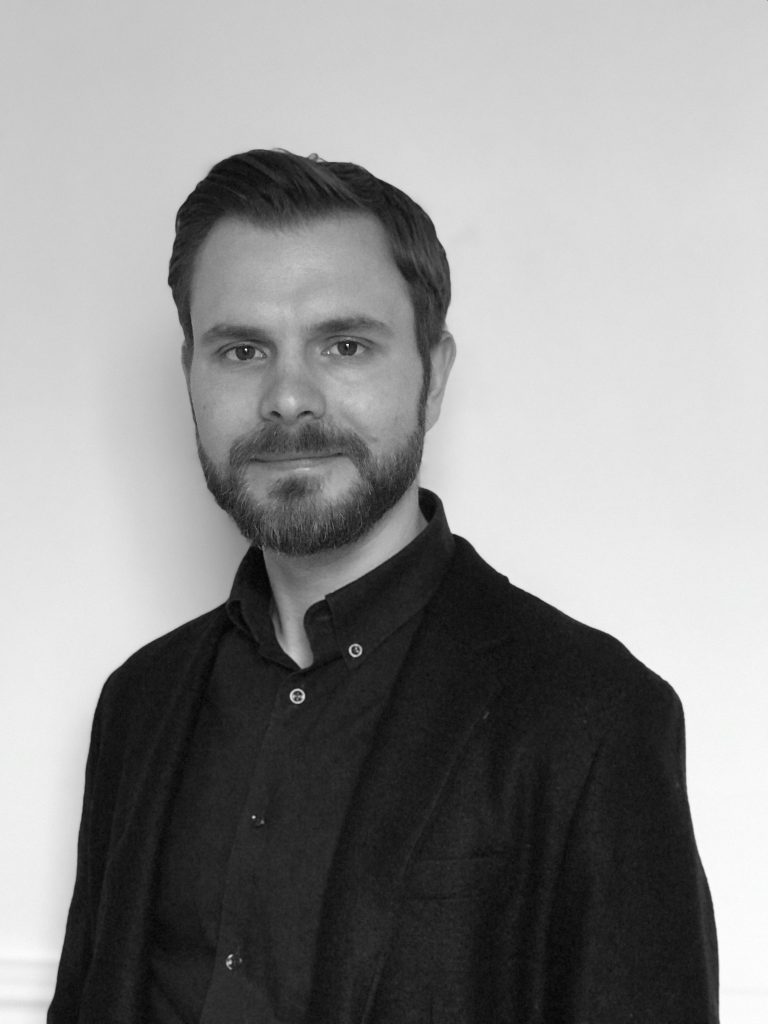What are the limitations of ISTDP? What would a balanced view of ISTDP be like? Just as any approach to psychotherapy, ISTDP is subject to both idealization and devaluation. Over the past few years, we at ISTDPsweden.se have published quite a lot of positive stories and news about ISTDP. Now it’s time to do some balancing. We sat down with some prominent ISTDP clinicians to discuss the shortcomings and downsides of ISTDP. Here’s the second part, an interview with Patricia Coughlin. You can find the first part here.
ON LEARNING ISTDP
Just how difficult is ISTDP to learn? Should learning ISTDP be easier?
Patricia Coughlin: I don’t think it’s possible or even desirable to make the complex and challenging task of helping someone change easy. As Rilke said,”...many things must happen, many things must go right, a whole constellation of events must be fulfilled, for one human being to successfully advise or help another.”
Our desire for life and therapy to be easy can really backfire, giving us false expectations and setting us up for a sense of inadequacy. Life is hard and complicated – so is therapy. The danger here is to oversimplify and get reductionistic in our approach. I believe that is already happening in ISTDP and does us all a disservice. The masters in most fields have a great ability to tolerate complexity and uncertainty. We would do well to expand this capacity within ourselves.
ON JARGON and research
Unlocking the unconscious is sometimes described as a unique aspect of ISTDP. But other models also facilitate emotional breakthroughs and spontaneous reporting of previously repressed material. Could the jargon mystify the therapy process and put ISTDP at risk of distancing from other models?
Patricia: From what I can see, the masters in our field readily admit overlap between models and don’t claim an exclusive corner on the market of transformation. Many approaches find a way to access the unconscious forces responsible for the patient’s symptoms and suffering and, in so doing, help the patient resolve previously unconscious conflicts.
That said, the development of a systematic, yet flexible, method for reliably getting there – something the central dynamic sequence of ISTDP provides – seems to be a real contribution to the field. The research seems to suggest that ISTDP is highly effective with cases that often fail in other treatments – character disorders, treatment resistant depression, functional disorders and conversion, for example.
ON RESEARCH GAPS
Even though there’s more and more research showing the efficacy of ISTDP as a whole, there’s still not so much high-quality research on the different ingredients of the therapy. What are some of the challenges with the specific ingredients of ISTDP?
Patricia: While we have not done much research in ISTDP on the specific elements, I have gathered data from other sources to support each step of the central dynamic sequence. This material has been outlined in both Lives Transformed and Maximizing Effectiveness in Dynamic Psychotherapy. It’s my contention that it is the combination of the six factors associated with positive outcomes that are responsible for the effectiveness of ISTDP.
While often associated with a dramatic breakthrough of feelings, this is only one of six factors involved in the application of ISTDP. Understanding all the steps and being able to implement them effectively is essential to mastery. Too many are skipping over crucial steps, such as a dynamic inquiry in which patient and therapist develop an agreement on the problems to be addressed, goals to be achieved and tasks involved in the treatment or turning patients on defenses before pressing for the experience of feelings. This often undermines the alliance and derails the process.
ON IDEALIZATION AND DEVALUATION
Historically, the ISTDP community has unfortunately been subject to sect-like behavior such as a strong idealization of charismatic figures (such as Davanloo) along with exclusion and devaluation of critical voices. Is there something in particular that makes ISTDP vulnerable to this? What can we do to safeguard against this in the present and future?
Patricia: Sadly, this seems to be a tendency in human beings, not just practitioners of ISTDP. Look at our political situation here in the US. Idealization, demonization, and splitting are rampant. We need to take a stand against this.
I will never forget an interaction with a young trainee who came to a seminar, having read my books. He expressed disappointment when I acknowledged being confused by what was happening in a particular session. Of interest, the group has asked to see a case in which everything did not go smoothly, but rather one in which we had to ride some rough patches to get to a positive outcome.
Despite this conscious desire, when I presented just such a case (which ended with a good outcome, by the way), the trainee said, “I am really upset. I need to idealize you- you are supposed to know everything.” I replied with something like, “I would suggest that idealizing anyone is ill advised. We all struggle. The point is not to be perfect but to be open to feedback and constantly learning. If you trust the UTA, it will guide you.”
He continued to protest. I found this baffling, yet this desire to have someone to idealize seems pervasive. We must do what we can to combat this.
OTHER LIMITATIONS AND WEAKNESSES
Do you see other major limitations or weaknesses in ISTDP?
Patricia: The biggest one to my mind is the exclusive focus on feelings toward and in reaction to others – what one might refer to as “attachment affects“. As Blatt pointed out so eloquently in his classic book, The Polarities of Experience, human beings have two primary drives that motivate their behavior throughout life: 1) the need to attach securely to others and 2) the need to be autonomous, self defined and self directed.
Many of our patients sacrifice one of these needs for the other. In most cases, they sacrifice self in a desperate attempt to maintain an attachment to the other. If we join them in this preoccupation with feelings toward others and neglect their own feelings, wishes, desires and goals, we could exacerbate their problems rather than ameliorate them. We want to help patients feel all of their feelings – about themselves, as well as others – so they can be a solid self, capable of closeness with others.
Some limitations are not inherent in the model but involve the way it is sometimes taught. We know from all the research that focusing on specific interventions, without a clear case conceptualization of the patient to help the clinician know what to do when, the treatment is likely to be ineffective. A heavy focus on learning a method, if not combined with an equal focus on the person of the therapist – the very vehicle of transmission of the treatment itself – will be ineffective.
Do you find there are aspects of ISTDP that we have to address and change in order for the method to thrive?
Patricia: Healthy expression of feelings. The exclusive focus on the experience of feelings and impulses, with a relative neglect on the issue of how these feelings can be expressed in a constructive manner. It seems as if there is an assumption that if we help patients abandon defenses and experience their feelings freely, they will automatically find healthy and constructive ways to communicate these feelings to others. That’s a pretty big assumption. After the mixed feelings have been experienced and integrated, I ask how they plan to communicate these feelings to the others involved to assess whether they can do so constructively or need some help in that area.
It’s not enough to feel one’s feelings. We also have to help patients understand what the feelings mean. Patients often develop pathological beliefs about the self that perpetuate their suffering. I’m thinking of a case of a man who was suffering from anxiety and depression, related to pathological mourning, following the death of his first born. As I helped him abandon defenses and face the rage and grief he had been suppressing, he felt better, but still did not share these feelings with his wife. It was only as we started to explore this, that his pathological beliefs that 1) grief will drive a woman crazy (as it had his mother); and 2) real men don’t cry, were exposed and re-examined.
So helping patients to express feelings would be another step in the development of ISTDP?
Human beings are meaning-making machines. We are most often upset – not about what happened – but what we made it mean. In my own life, I interpreted my father’s tendency to keep an emotional distance from me as a personal rejection. I thought he just didn’t like me very much. When I was 30 years old, my mother told me that he was born during the 1918 flu epidemic, on the very day his 18 month old brother died of the virus. Subsequently, two of his younger brothers died in childhood. His father died when he was only 42. In an instant, I understood that my father’s distance was not a sign of lack of love for me, but a defensive posture.
I was very sick as a child and often hospitalized. It was because he did love me and was afraid to lose me that he couldn’t bear to come visit me. My whole view of him, myself and our relationship changed in an instant. Just feeling my feelings about what I interpreted as rejection wouldn’t get me there. Of course I could still be sad and angry that he didn’t deal with this differently, but what I felt was enormous compassion for him and we got much closer as a result. Sometimes we need to help patients ask their family about life events in order for them to get more emotional clarity.
Here’s the first part of our series of articles on the limitations of ISTDP. Below you’ll find a list of our latest interviews:
- Niklas Rasmussen: “Det är så lätt att tappa bort sig själv i ISTDP”
- Maury Joseph: “How much does our theory shape the patient’s experience?”
- Ola Berge: “ISTDP erbjuder ett perspektiv som saknas i psykiatrin”
- Johannes Kieding: “ISTDP is uniquely vulnerable to misalliances”
- Jonathan Entis: “Defiance is the single most important defense”
- Ange Cooper: “I am my patient, they are me”
- Mikkel Reher-Langberg: “Vi använder Davanloos ord, men musiken är annorlunda.”





